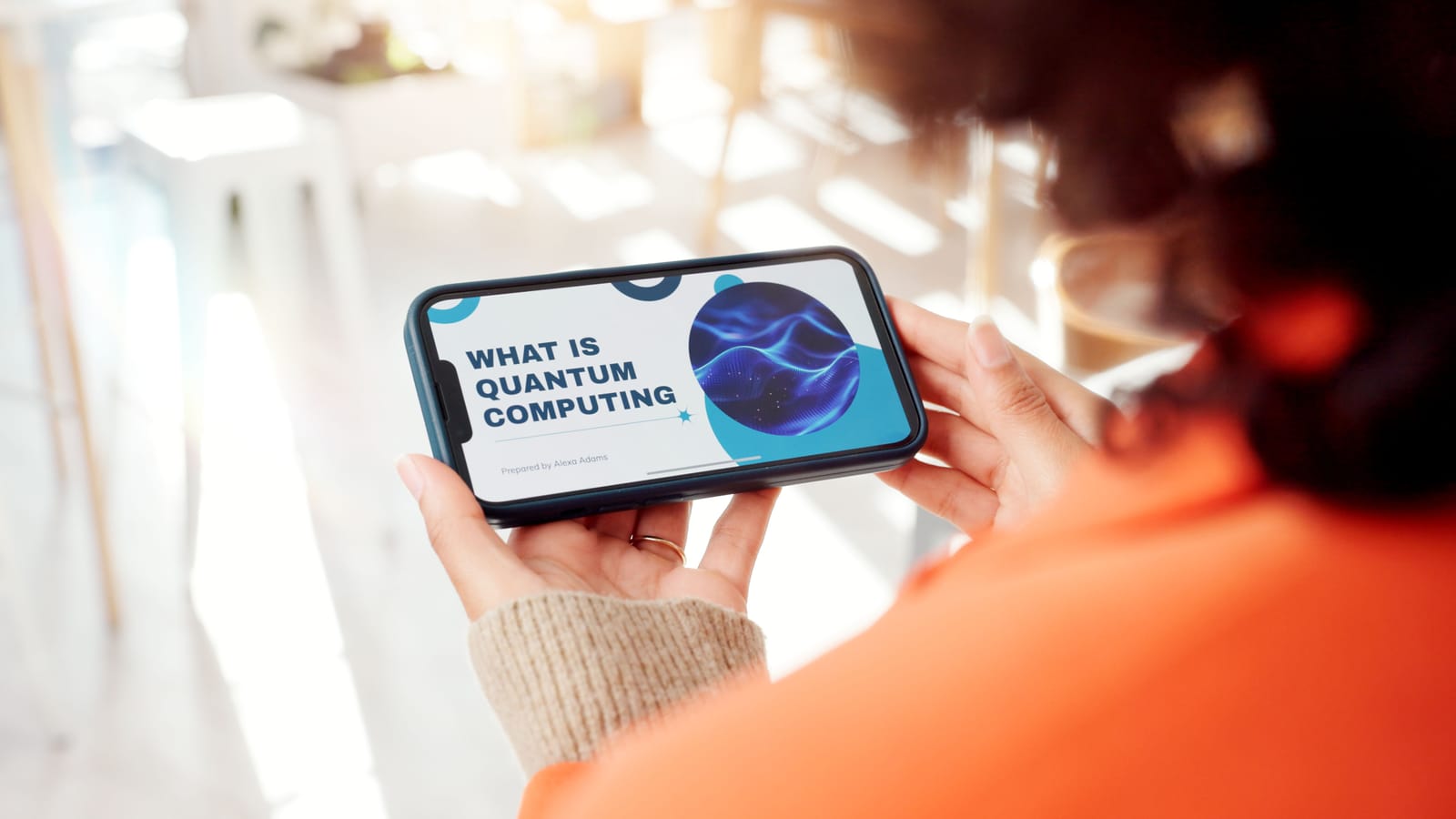For over half a century, the world has run on classical computers. Their language is simple: bits, which are tiny switches that can be either a 0 or a 1. Every email you send, every photo you take, every website you visit is built on this binary foundation. But a new kind of computer is emerging from the strange and wonderful world of quantum physics, one that promises to solve problems that are currently impossible for even the most powerful supercomputers.
This is quantum computing. It’s a technology that is frequently hyped, deeply misunderstood, and poised to change the world. But what is it, really? This is a plain-language guide to the next technological revolution.
Part 1: A New Kind of Computer
To understand a quantum computer, it helps to first think about how a classical computer “thinks.” Imagine a vast library where every book is written with only two letters, A and B. A classical computer can read these books incredibly fast, one letter at a time, one book at a time. It’s powerful, but linear.
A quantum computer, on the other hand, can read all the books in the library at the same time. It can explore every possible combination of letters simultaneously, allowing it to find a single, specific sentence in a fraction of the time. It achieves this by harnessing the counter-intuitive rules of quantum mechanics, as explained in foundational guides from tech leaders like IBM and Amazon Web Services.
Part 2: The “Magic” Ingredients – Qubits, Superposition, and Entanglement
The power of quantum computing comes from three core concepts that defy our everyday logic.
The Qubit: Beyond 0 and 1
A classical computer uses bits (0s and 1s). A quantum computer uses **qubits**. A qubit can be a 0, a 1, or—crucially—both at the same time. This “both-at-once” state is called **superposition**. It’s like a spinning coin that is both heads and tails until the moment it lands. This ability to exist in multiple states at once is what allows quantum computers to process massive amounts of information in parallel.
Superposition and Entanglement: The Quantum Superpowers
The two phenomena that give quantum computing its power are superposition and entanglement.
- Superposition: This is the principle that a qubit can represent multiple values simultaneously. While a classical computer with 3 bits can only represent one of 8 possible combinations at any given moment, a quantum computer with 3 qubits in superposition can represent all 8 combinations at the same time. This power grows exponentially with each added qubit.
- Entanglement: This is what Albert Einstein famously called “spooky action at a distance.” It’s a phenomenon where two or more qubits become linked in such a way that their fates are intertwined, no matter how far apart they are. If you measure the state of one entangled qubit, you instantly know the state of the other. This deep connection allows for incredibly complex calculations and information processing that are impossible in the classical world, as detailed in explainers from institutions like Waterloo’s Institute for Quantum Computing.
Part 3: What Will Quantum Computers Actually Be Used For?
Quantum computers will not replace your laptop for Browse the internet or writing emails. They are specialized machines designed to solve specific, incredibly complex problems that are beyond the reach of classical computers. As outlined by consulting firms like McKinsey, the major applications will be:
- Drug Discovery and Materials Science: Quantum computers will be able to simulate molecules with perfect accuracy. This could revolutionize medicine by allowing scientists to design new drugs and therapies at the atomic level, and create new materials with incredible properties.
- Financial Modeling: They can analyze incredibly complex financial systems to better price risk, optimize investment portfolios, and detect fraud.
- Artificial Intelligence: They have the potential to supercharge machine learning, helping to solve more complex AI problems and create more powerful systems.
- National Security: A large-scale quantum computer could, in theory, break much of the encryption that currently protects our data online. This has created an urgent race to develop new, “quantum-resistant” cryptography, a major focus for agencies like the U.S. Cybersecurity and Infrastructure Security Agency.
The Bottom Line: A Revolution in Progress
Quantum computing is not science fiction, but it is still in its infancy. Building and controlling these machines is incredibly difficult, as qubits are fragile and easily disturbed by their environment. The journey from today’s small-scale, experimental devices to the world-changing machines of the future will be a long one. However, the potential is undeniable. By harnessing the fundamental laws of the universe, quantum computing represents a new paradigm for information and a profound leap in humanity’s ability to understand and shape the world around us.

